
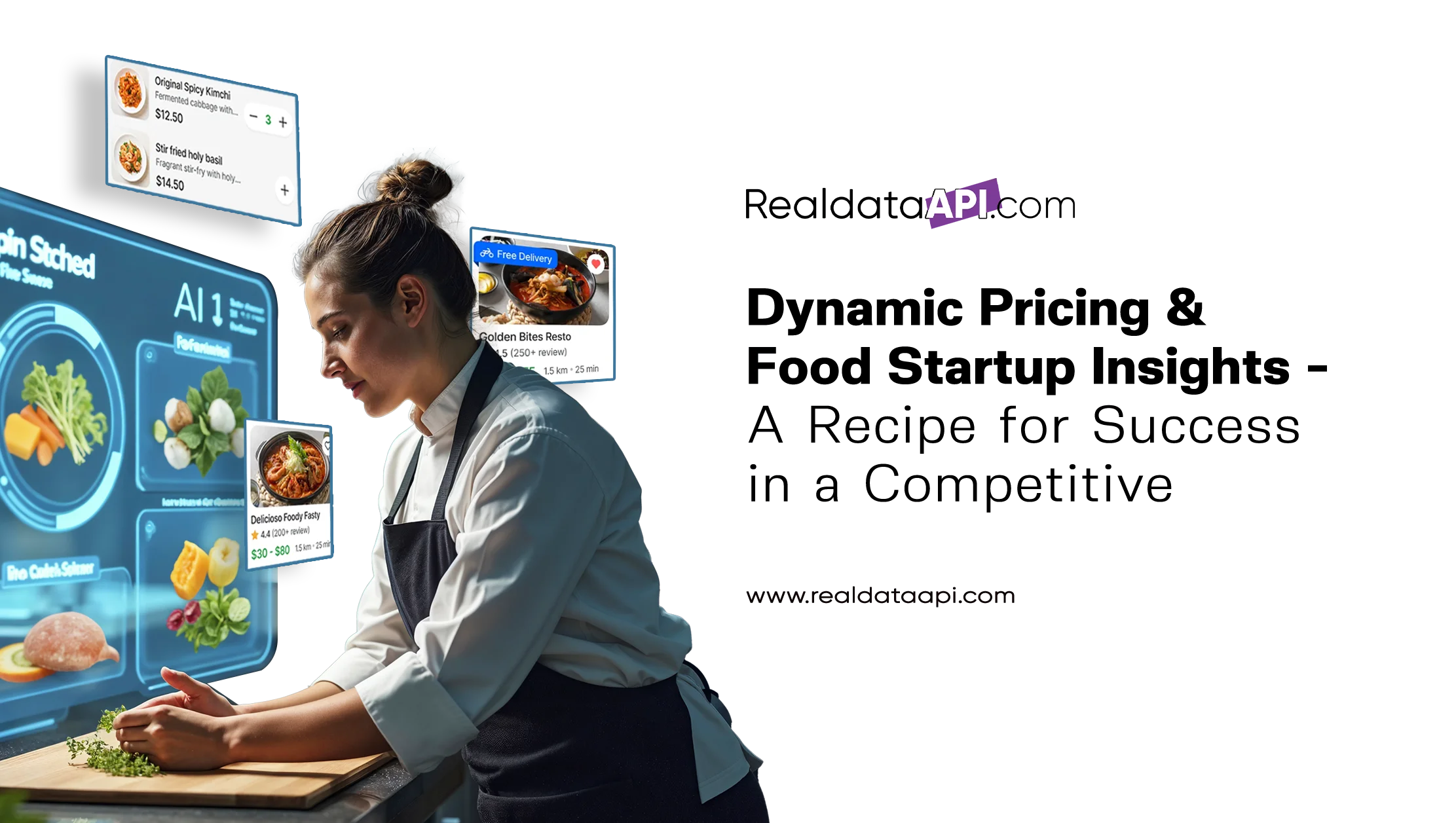
Introduction
In today’s fast-paced and highly competitive food industry, startups are rising rapidly — and so are the challenges they face. From managing fluctuating costs to staying competitive while offering high-quality meals, food startups are constantly seeking smarter ways to adapt. One of the most powerful tools in their arsenal is dynamic pricing.
Dynamic pricing, the practice of adjusting prices in real-time based on factors like demand, time of day, competition, and ingredient costs, has long been used in sectors such as aviation and eCommerce. Now, food startups — especially those operating in cloud kitchens, delivery platforms, or direct-to-consumer models — are adopting dynamic pricing in restaurants and delivery models to optimize profitability and elevate customer satisfaction.
In this blog on Dynamic Pricing & Food Startup Insights, we’ll explore the growing importance of dynamic pricing strategies for food startups, its application in real-world scenarios, and how food delivery dynamic pricing is reshaping the future of how meals are priced, served, and scaled. For new-age food businesses, dynamic pricing isn't just a tactic — it's a secret weapon for growth and sustainability.
What is Dynamic Pricing?
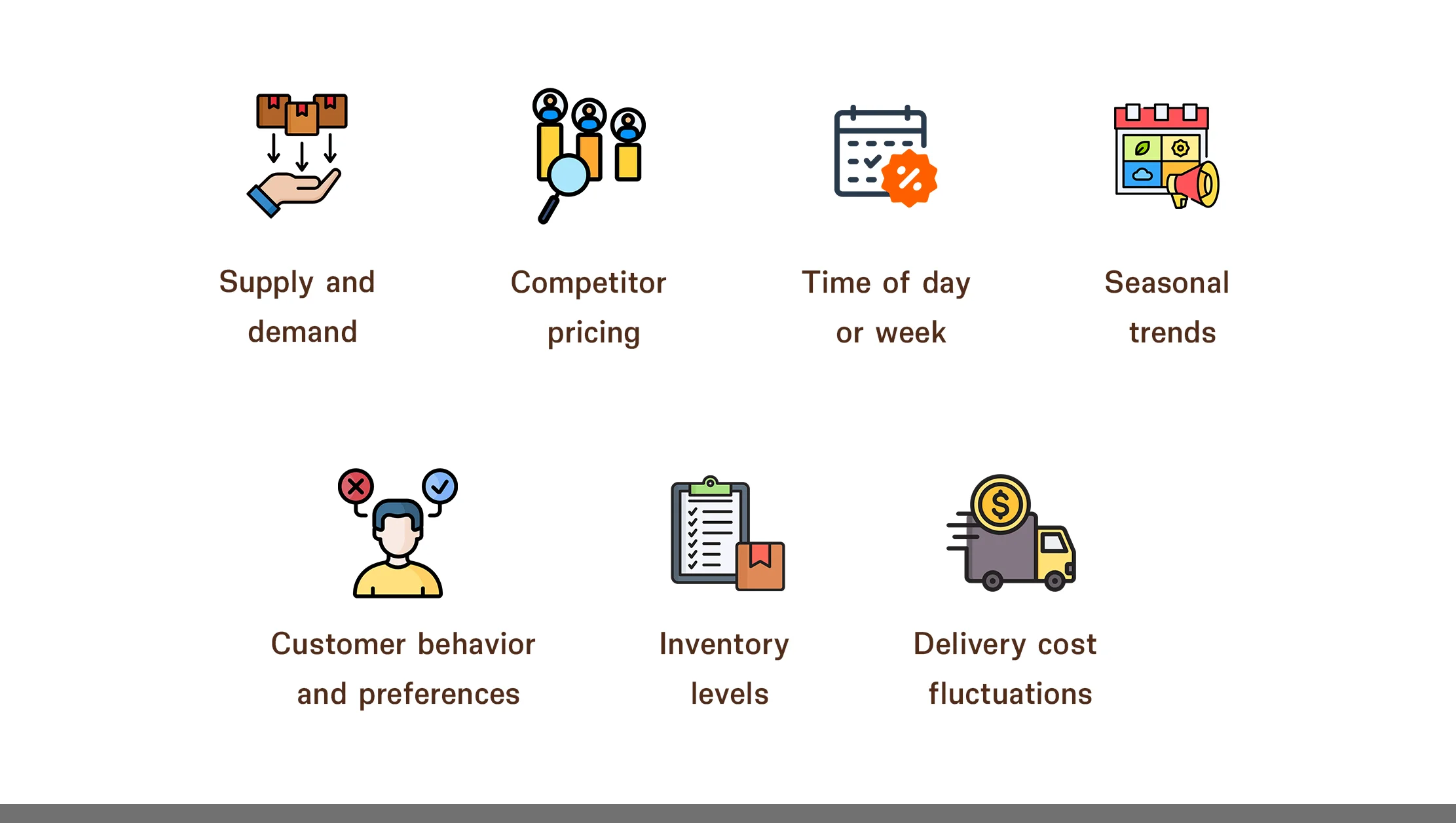
Dynamic pricing is a smart and adaptable strategy that enables businesses to modify the prices of their products or services in real time, based on current market dynamics. Also referred to as surge pricing, demand-based pricing, or time-based pricing, this model helps companies boost revenue while efficiently managing supply and demand fluctuations.
This strategy takes into account multiple variables such as:
- Supply and demand
- Competitor pricing
- Time of day or week
- Seasonal trends
- Customer behavior and preferences
- Inventory levels
- Delivery cost fluctuations
Examples of Dynamic Pricing in the Food Industry
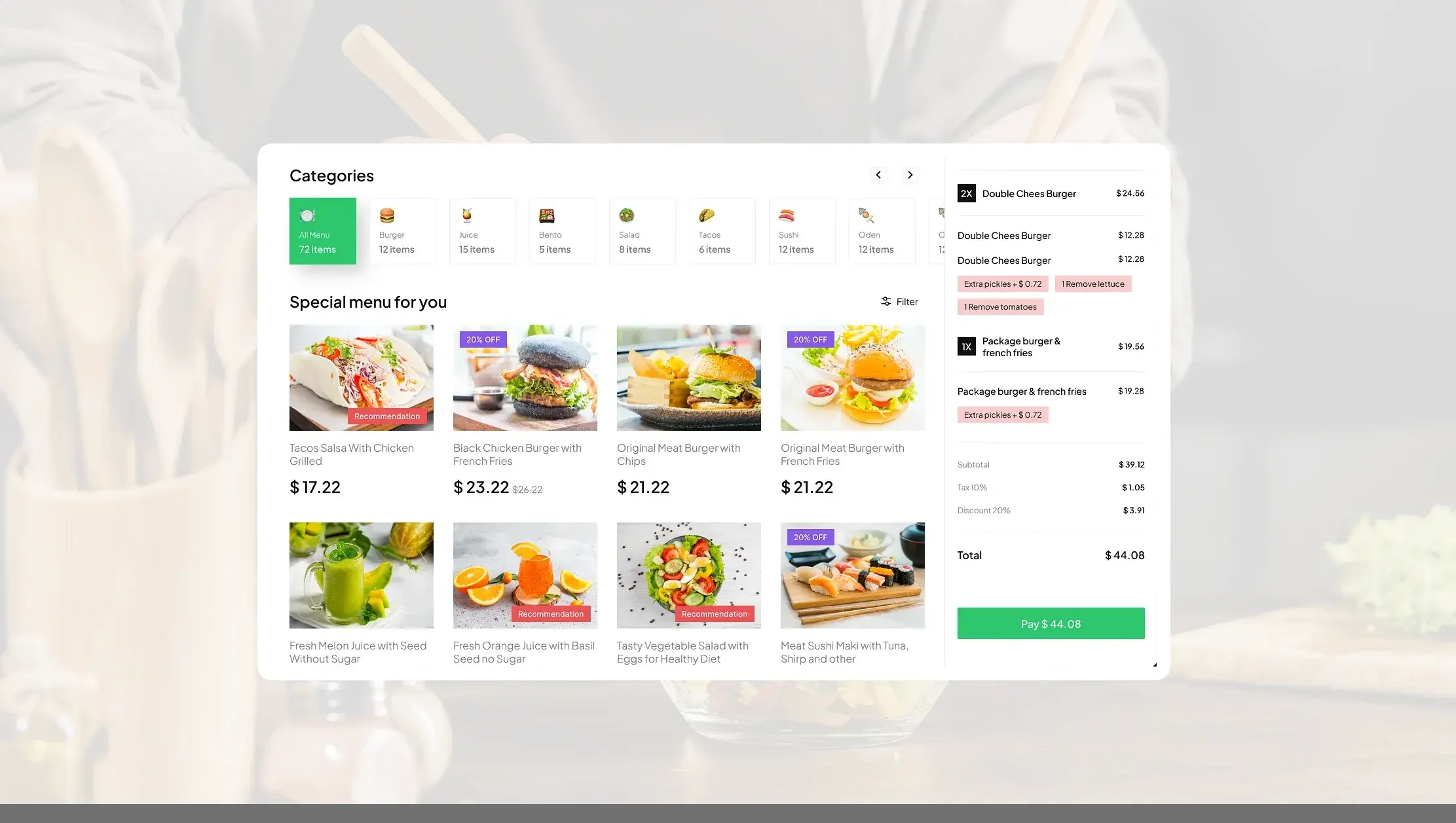
- Food Delivery Apps: Use surge pricing in food delivery during peak hours to balance high demand and limited supply.
- Cloud Kitchens: Apply demand-based pricing for restaurants by offering discounts on low-traffic days to move inventory faster.
- Subscription-Based Meal Plans: Implement tiered, dynamic pricing based on meal usage, personalization, or delivery frequency.
- QSRs (Quick Service Restaurants): Offer time-based pricing in restaurants, with combo deals that shift based on the popularity of items during certain times.
By adopting dynamic pricing software for the food industry, startups can automate pricing decisions and adapt in real time. The dynamic pricing benefits for food startups are numerous—improved margins, reduced waste, better customer targeting, and enhanced operational agility.
Ultimately, implementing dynamic pricing in food services empowers startups to scale smarter and respond to market changes with precision.
Discover how dynamic pricing transforms food businesses—boost profits, reduce waste, and stay competitive with real-time pricing strategies.
Contact Us today!Why Dynamic Pricing Matters for Food Startups?
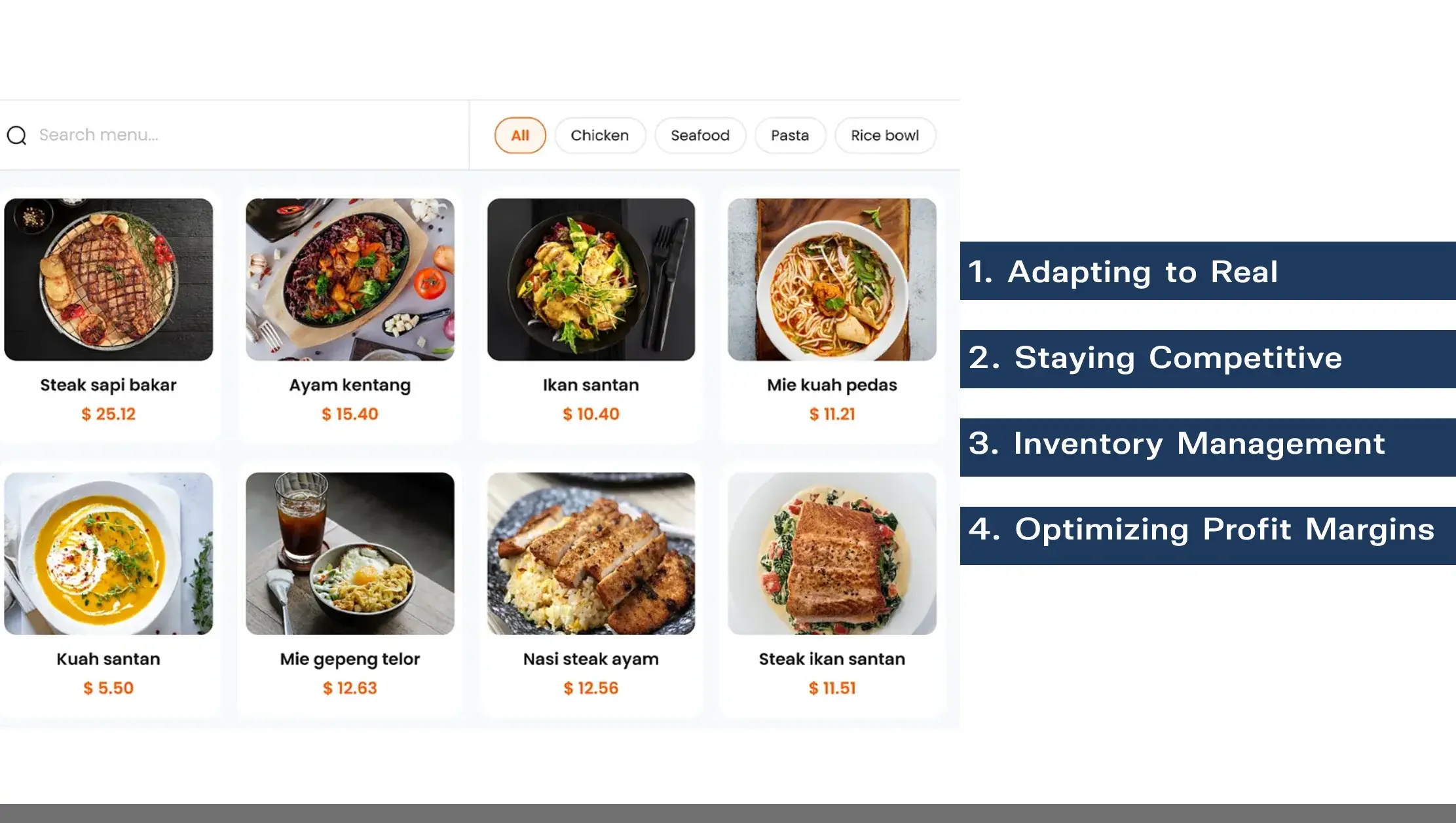
Food startups operate on tight margins and face constant pressure to balance quality, cost, and customer expectations. Whether you're running a ghost kitchen, an artisanal food brand, or a ready-to-eat meal service, integrating dynamic pricing can make a significant difference. Here's why:
1. Adapting to Real-Time Demand
Customer demand isn’t constant—it spikes during lunch and dinner hours, weekends, or holidays. With dynamic pricing, startups can automatically increase prices during high-demand periods and offer discounts during slower times. This approach boosts order volume and enhances Restaurant menu pricing optimization.
2. Staying Competitive
New food ventures often compete with established brands and local favorites. Dynamic pricing strategies for food startups enable real-time adjustments to pricing, helping you stay competitive without sacrificing profit. Whether it's matching a rival’s offer or launching limited-time deals, you're always market-ready.
3. Inventory Management
Perishable inventory is a critical concern. Dynamic pricing in restaurants and delivery models helps push slow-moving items or those nearing expiration—reducing waste while improving cash flow.
4. Optimizing Profit Margins
With food delivery dynamic pricing, startups can increase prices when demand is high or competition is low, and lower them during off-peak times. This pricing agility helps maximize profit margins, reinvest in innovation, and deliver greater value to customers.
Embracing Dynamic Pricing & Food Startup Insights not only empowers you to scale faster but ensures your pricing evolves with the market—keeping you profitable, efficient, and customer-centric.
Types of Dynamic Pricing Models for Food Startups
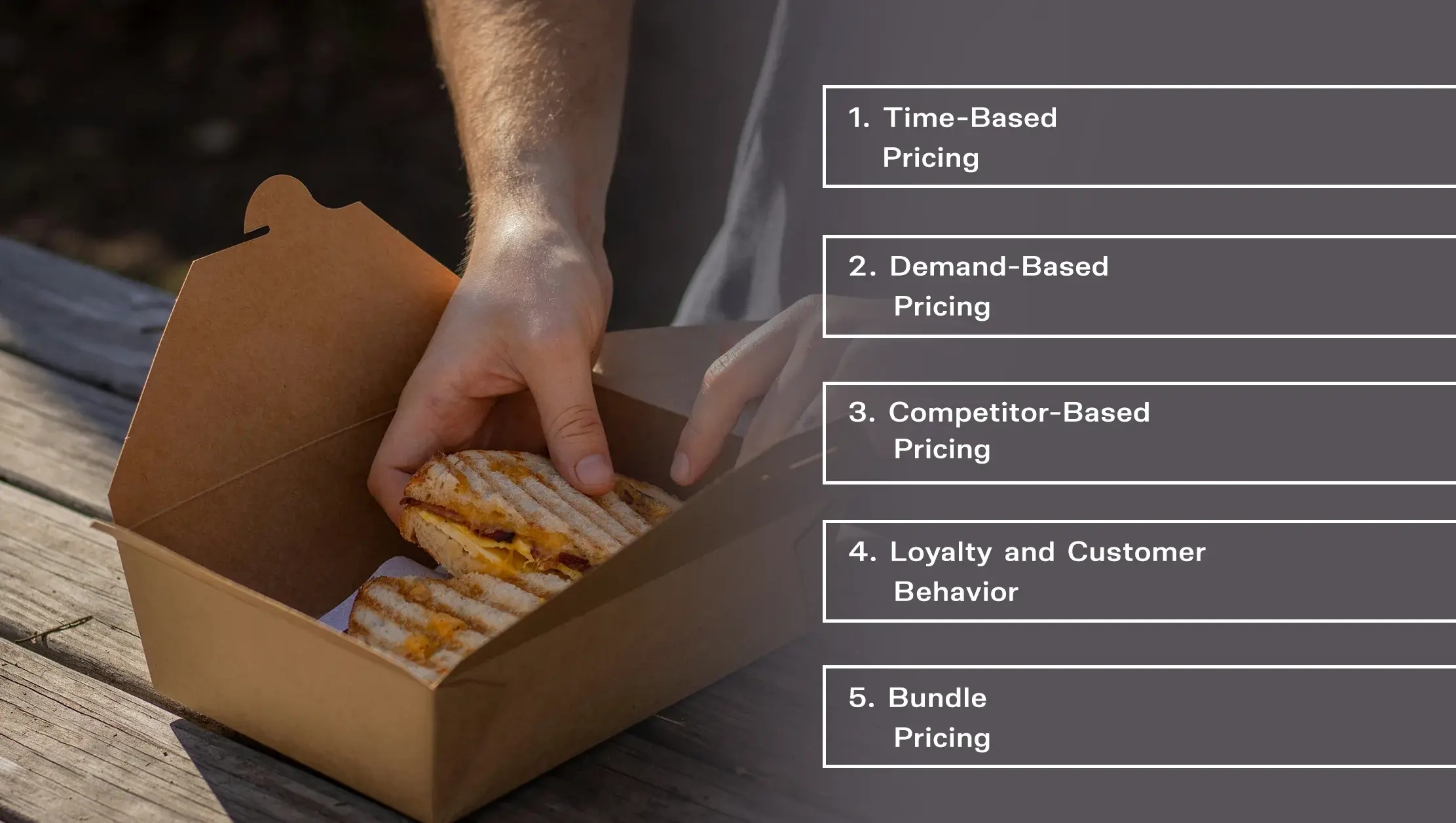
Here are the key pricing models startups can explore:
1. Time-Based Pricing
Set different prices for breakfast, lunch, and dinner menus. Increase prices during peak hours and offer deals during off-peak periods to maintain volume.
2. Demand-Based Pricing
Use analytics to identify when customers are willing to pay more and adjust pricing accordingly. For example, during a major sports event, wings or pizza could be priced slightly higher.
3. Competitor-Based Pricing
Use competitor monitoring tools to track local pricing and automatically adjust yours to remain attractive to budget-conscious consumers.
4. Loyalty and Customer Behavior-Based Pricing
Offer personalized discounts based on a customer’s order history, location, and behavior. Encourage repeat purchases through dynamic loyalty pricing.
5. Bundle Pricing
Create meal bundles dynamically based on popularity, excess stock, or customer preferences. E.g., "Buy 2 Get 1 Free" or "Family Combo at 20% Off."
Explore the best dynamic pricing models for food startups and choose the right strategy to maximize revenue and customer satisfaction.
Get Insights Now!Tech Stack: How Food Startups Implement Dynamic Pricing
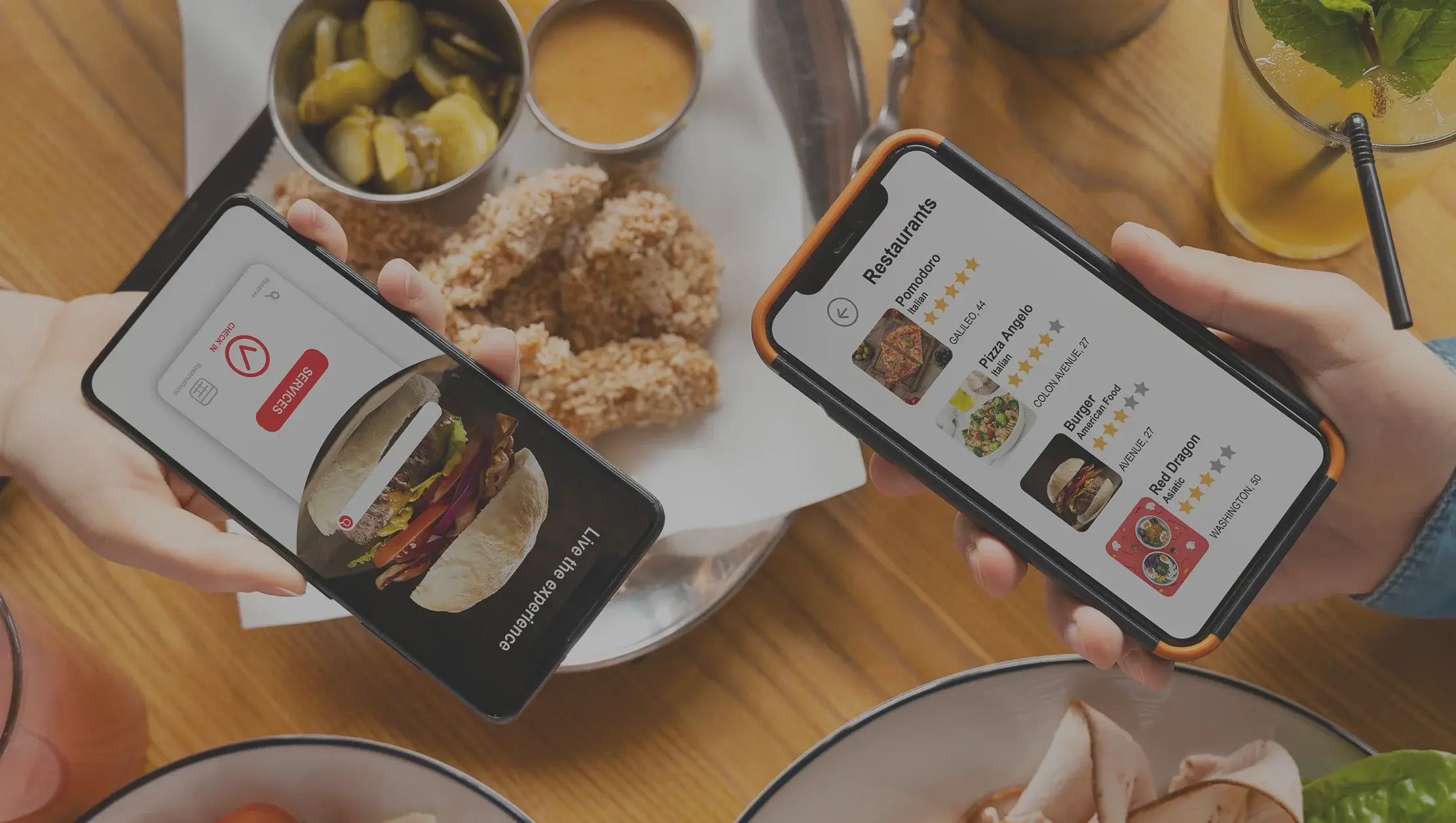
Dynamic pricing isn't done manually — at least not if you want to scale. Here's what your tech stack should ideally include:
1. Data Collection Tools
Collect data from:
- POS systems
- Customer ordering behavior
- Online traffic (website & app)
- Competitor monitoring tools
2. Pricing Algorithms & AI
Use machine learning models to predict optimal pricing based on demand forecasts, cost inputs, and competitor analysis.
3. Integration with CRM & ERP Systems
Ensure your pricing logic integrates with your ordering systems and inventory management for smooth operations.
4. Real-Time Analytics Dashboards
These help you track performance and adjust rules instantly if needed.
Real-World Case Studies: Dynamic Pricing in Action

Case 1: Cloud Kitchen in NYC
A cloud kitchen noticed their dinner orders peaked between 6 PM and 8 PM. They implemented a 10% surge during that window and saw a 12% increase in revenue without a drop in order volume.
They also introduced a lunchtime discount for salads, which helped reduce waste of perishables like greens and boosted lunch traffic by 25%.
Case 2: Artisanal Pizza Brand in Mumbai
This startup used weather data and local events to adjust prices. On rainy days, their "Cheese Burst" pizza was discounted by 15%, driving cravings and increasing delivery orders.
They also offered loyalty-based pricing — giving discounts to customers who ordered more than three times a month.
Challenges of Dynamic Pricing for Food Startups

While dynamic pricing can be a game-changer, it’s not without challenges:
1. Customer Trust
If not handled transparently, dynamic pricing can seem exploitative. Customers may feel frustrated if they notice price hikes during peak times.
Solution: Communicate the value clearly — offer perks, bundles, or loyalty rewards to offset the changes.
2. Operational Complexity
Constantly changing prices can confuse kitchen staff, delivery teams, or cause mismatched prices across channels.
Solution: Automate your pricing updates and ensure seamless POS integration.
3. Overreliance on Discounts
Frequent price drops may lead to brand devaluation or customer dependency on deals.
Solution: Balance discounts with premium offerings and enhance perceived value (e.g., packaging, taste, speed).
Insights for Founders: Scaling with Smart Pricing

Here are some insights and tips tailored to food startup founders:
1. Data is Your Superpower
Before launching dynamic pricing, gather at least 3-6 months of historical data on customer orders, preferences, and timings.
Use this to forecast demand and seasonality trends.
2. Start Small, Scale Fast
Test your pricing strategies on a few products first. Monitor customer feedback and revenue impact. If it works, scale across your full menu or product range.
3. Use AI for Personalization
Leverage AI to analyze customer behavior. Recommend dishes, upsells, or bundles in real-time. Combine this with dynamic pricing for a powerful revenue engine.
4. In-App Notifications Work
Use push notifications to alert customers of time-limited deals or exclusive prices. This drives engagement and creates urgency.
5. Create Value, Not Just Discounts
Don’t just lower prices. Offer value — like better packaging, loyalty perks, or limited-edition items.
Unlock growth with data-driven pricing—founders can scale smarter, boost margins, and outpace competitors using dynamic pricing strategies.
Contact Us today!Future of Dynamic Pricing in the Food Startup Ecosystem
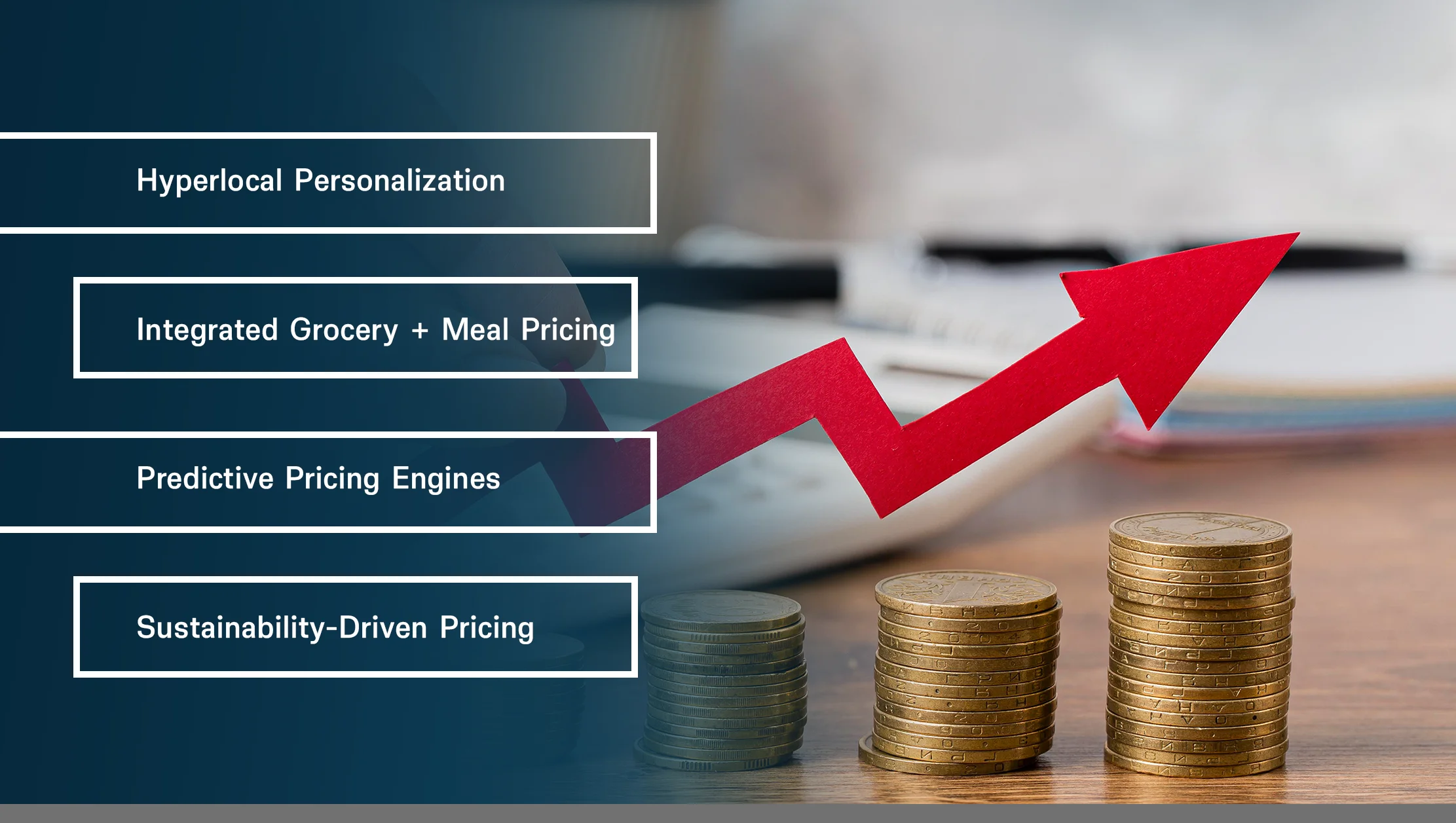
The future is full of opportunities. Here’s what to watch out for:
1. Hyperlocal Personalization
As AI gets smarter, pricing will become more personal — not just per city, but per neighborhood, even per individual customer.
2. Integrated Grocery + Meal Pricing
Startups blending groceries and meal kits may price items dynamically based on availability, demand, or freshness.
3. Predictive Pricing Engines
AI-driven models will predict customer intent before they even place an order — adjusting prices dynamically to close the sale.
4. Sustainability-Driven Pricing
Startups may offer discounts for low-carbon-footprint meals or price meals based on ethical sourcing and food waste prevention.
Why Choose Real Data API?
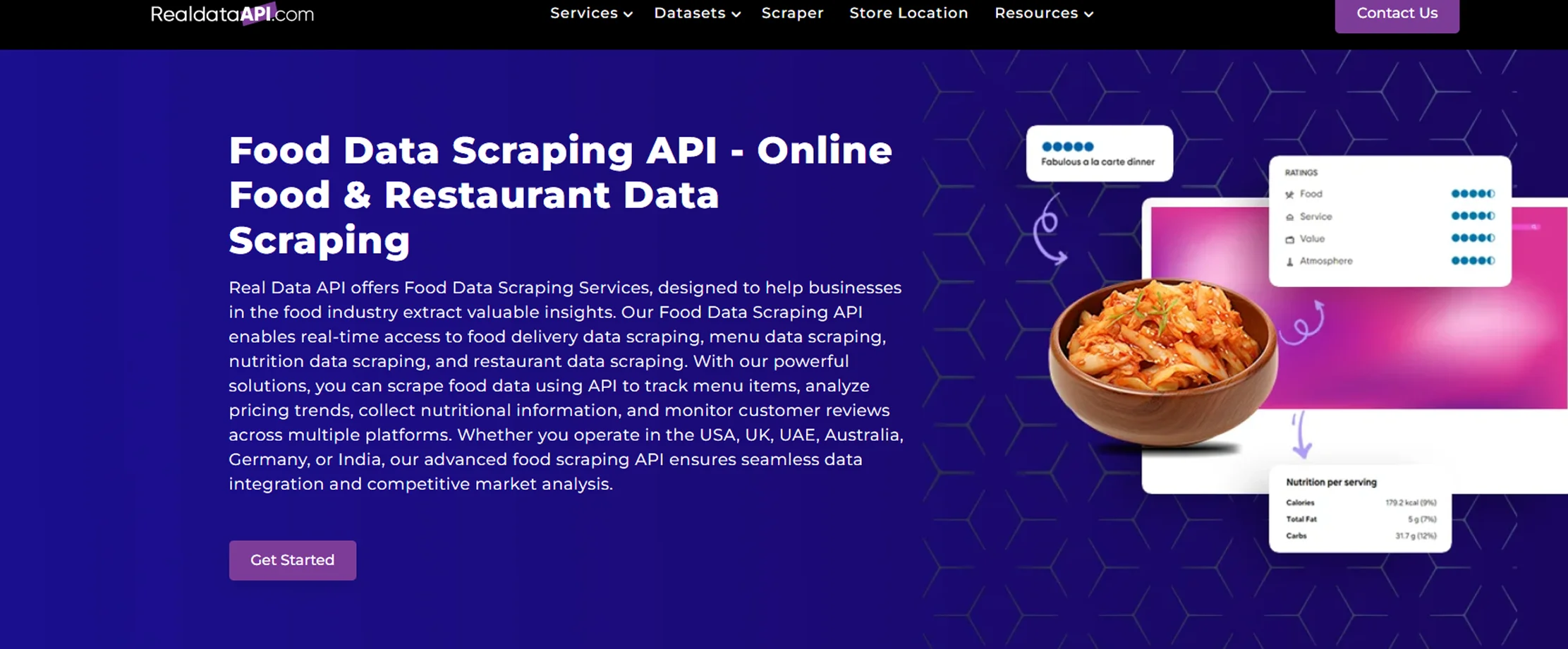
Real Data API is your go-to partner for implementing smart, scalable dynamic pricing software for the food industry. We specialize in solutions tailored for surge pricing in food delivery, demand-based pricing for restaurants, and time-based pricing in restaurants, helping food startups stay agile and profitable. Our tools are built to optimize pricing in real time using AI-driven insights, customer behavior, and market trends. From dynamic pricing benefits for food startups to enterprise-level automation, we provide end-to-end support for implementing dynamic pricing in food services—empowering you to drive sales, reduce waste, and stay ahead of the competition.
Conclusion
Whether you’re running a ghost kitchen, a D2C food brand, or a subscription meal service, now is the time to explore dynamic pricing and unlock a smarter, more sustainable future for your food business. Are you a food startup looking to implement dynamic pricing? Want to monitor competitors, forecast demand, or personalize customer offers?
Real Data API provides cutting-edge scraping and analytics tools tailored for the food & eCommerce industry. Let’s help you unlock real-time data, smarter pricing, and sustainable growth.















